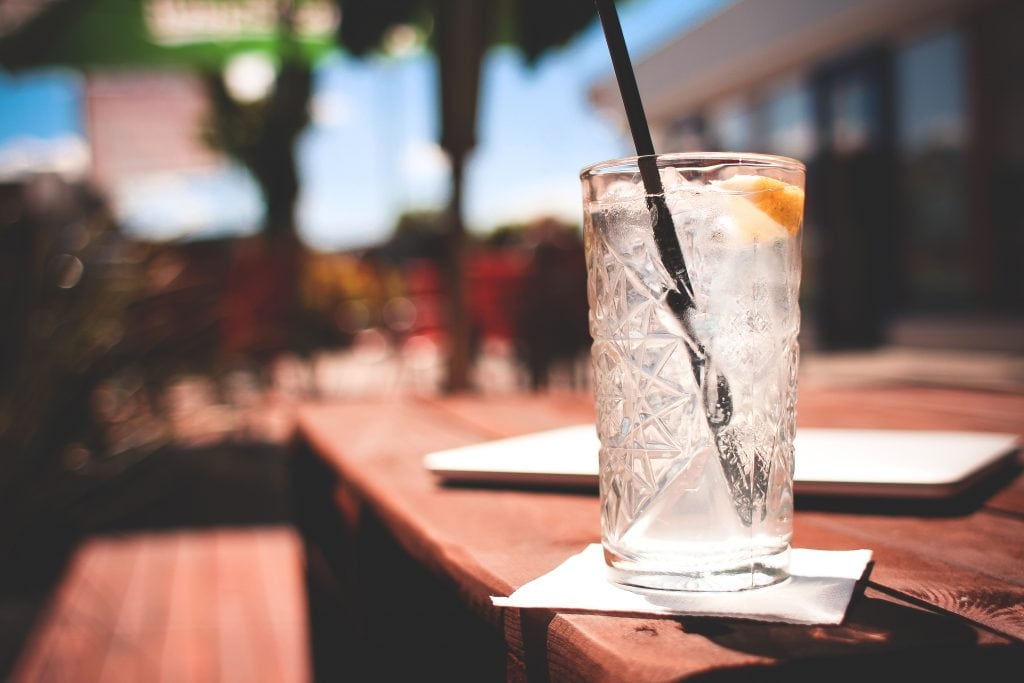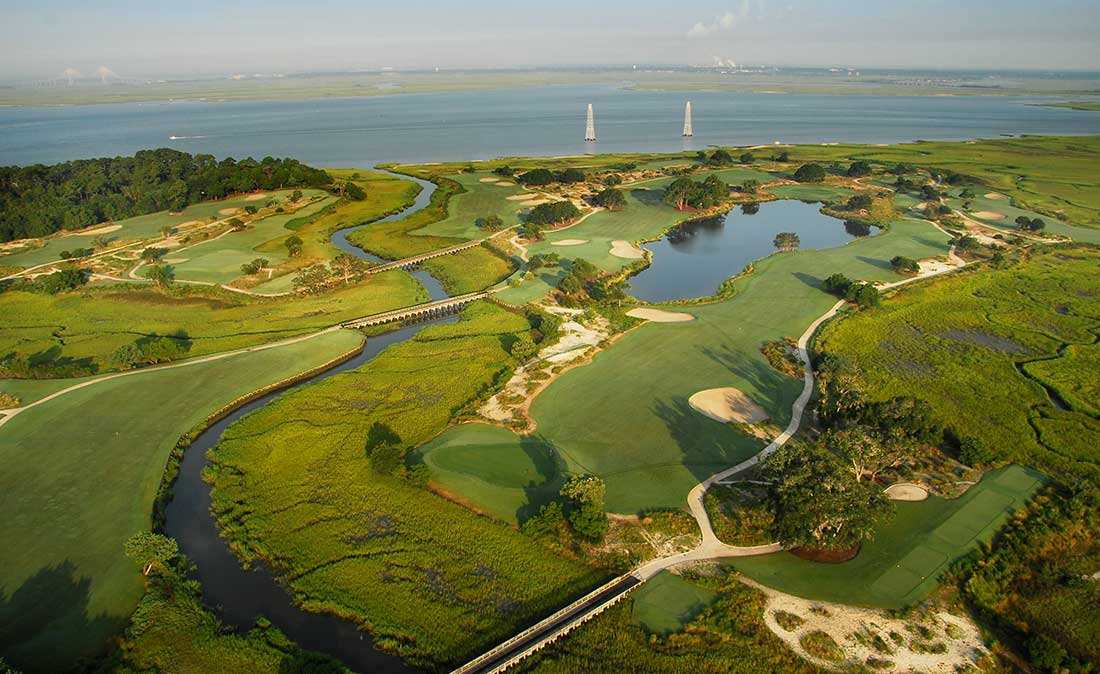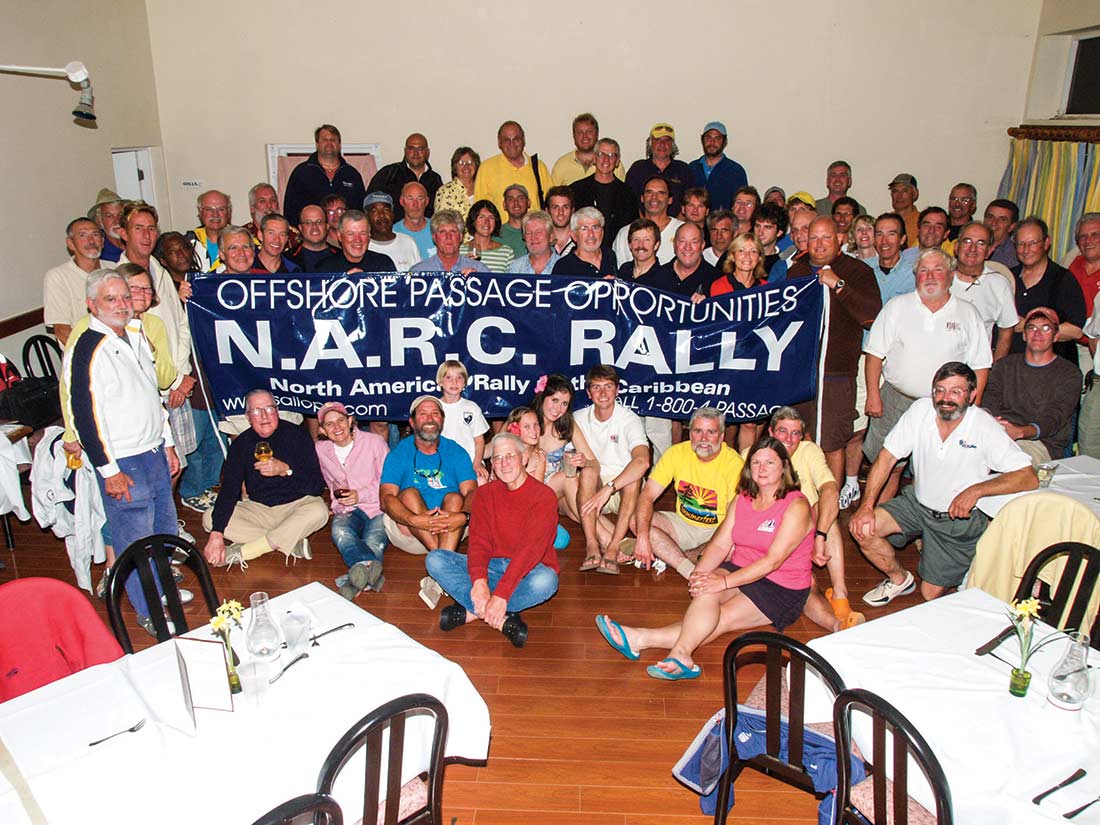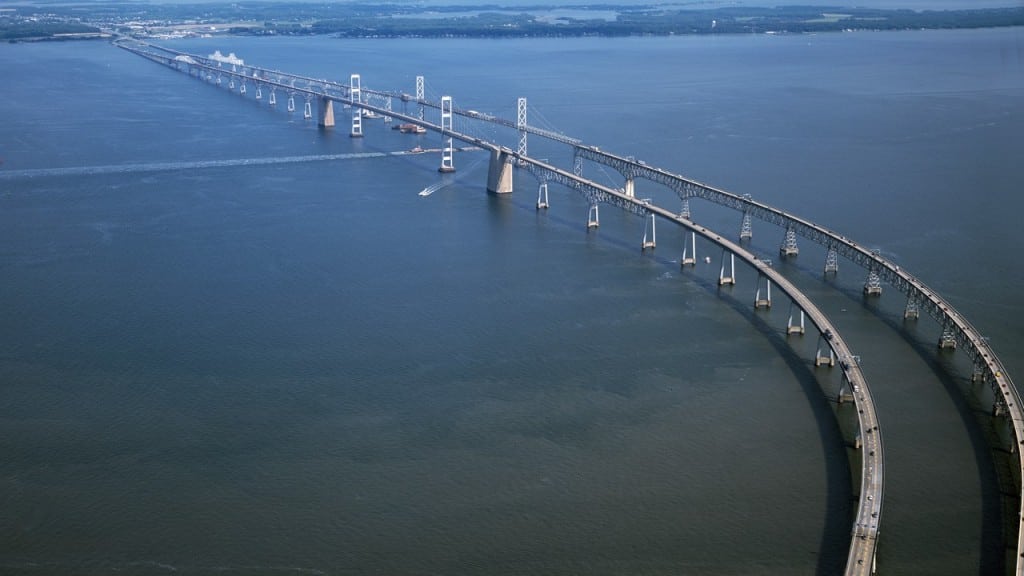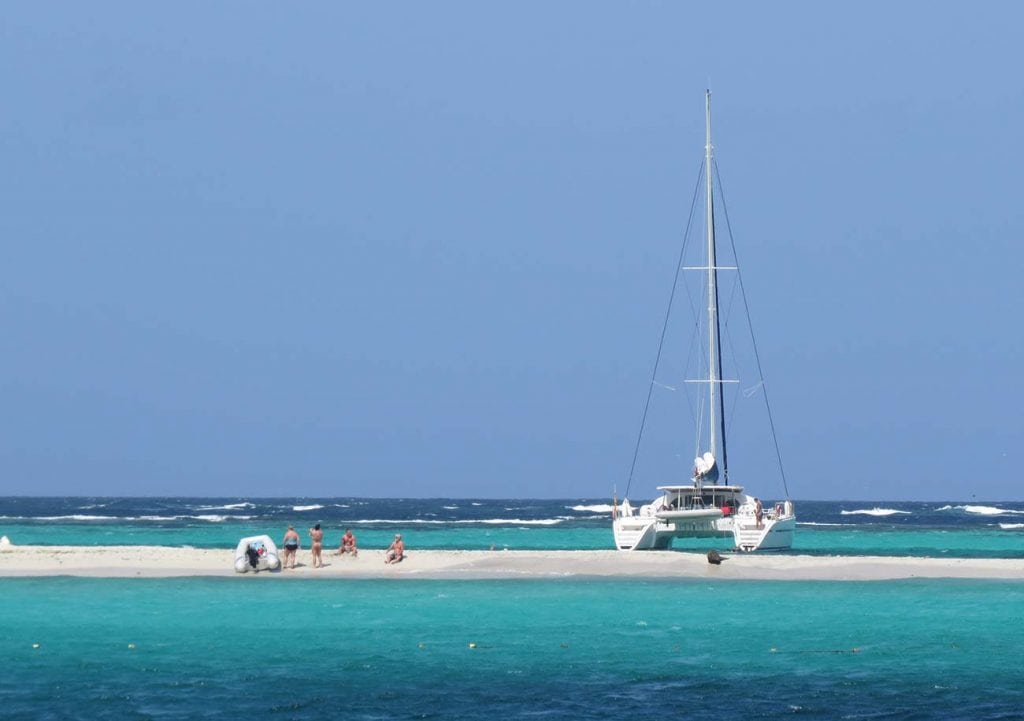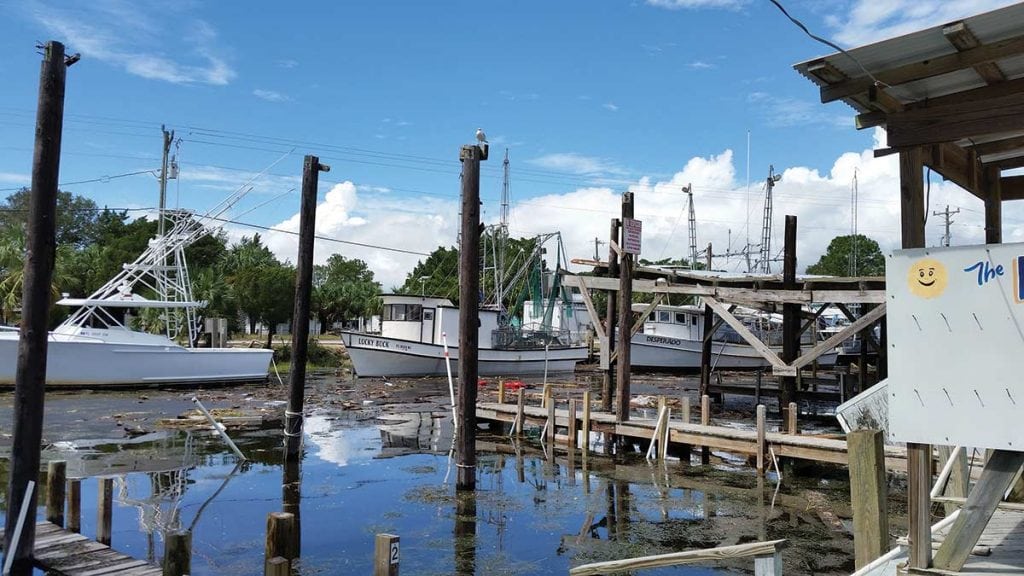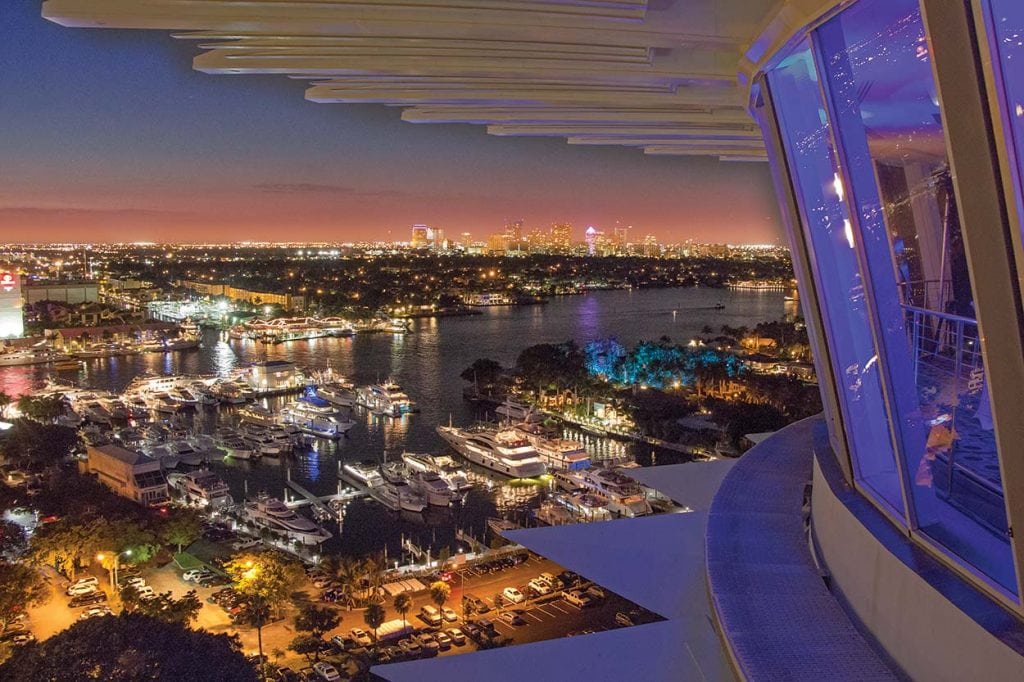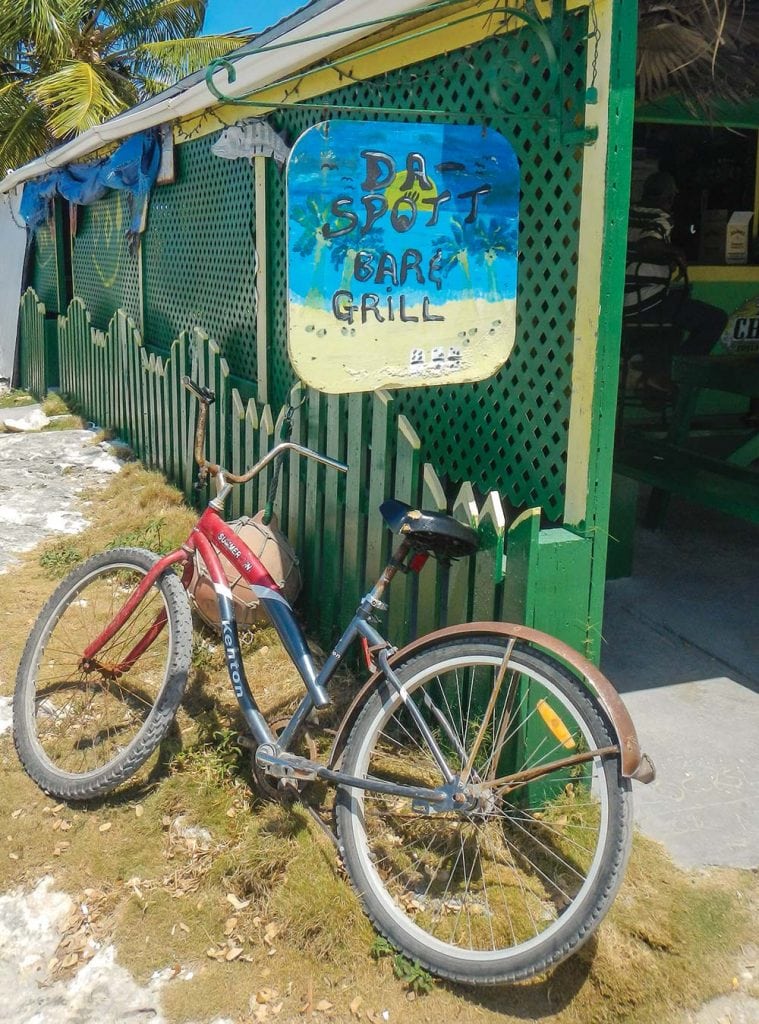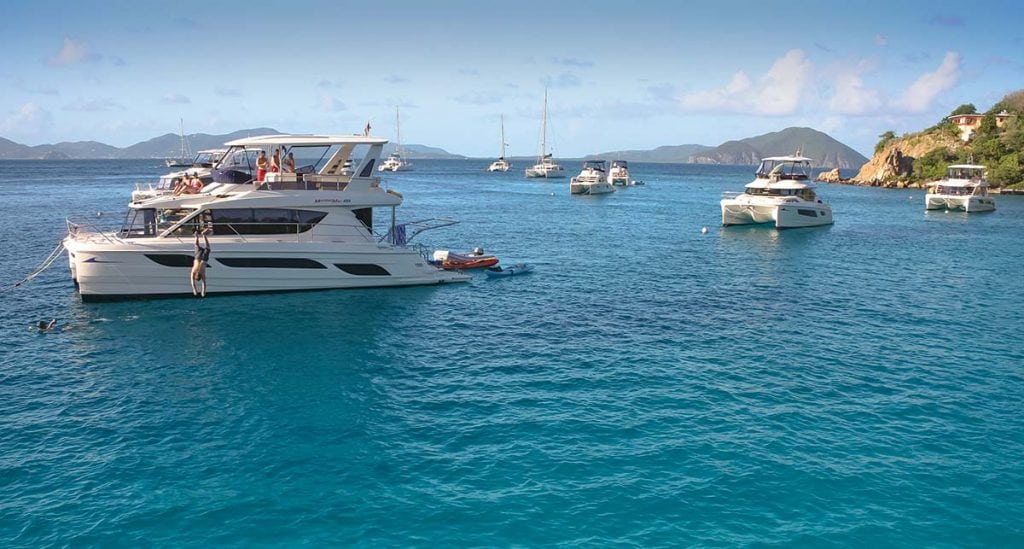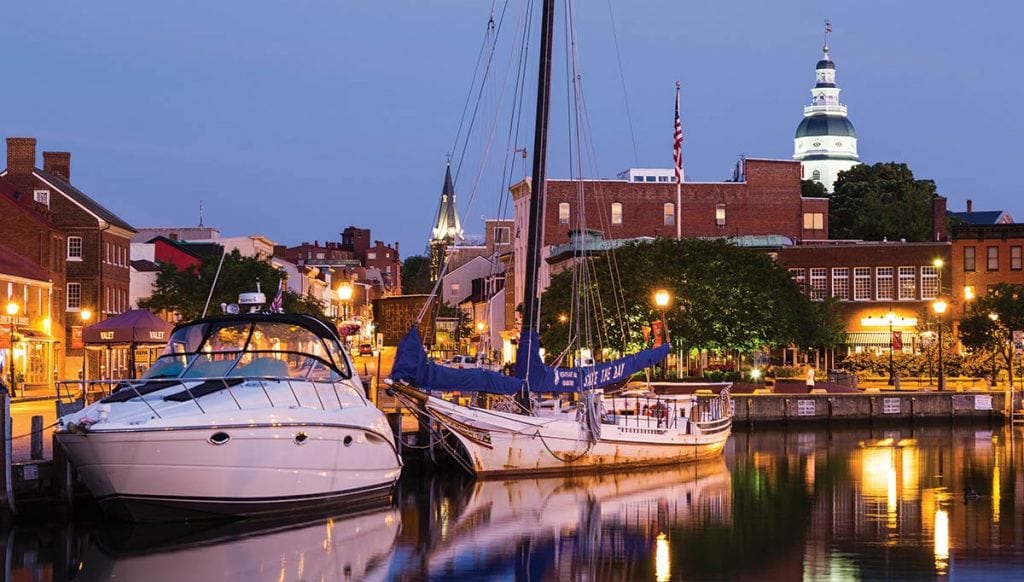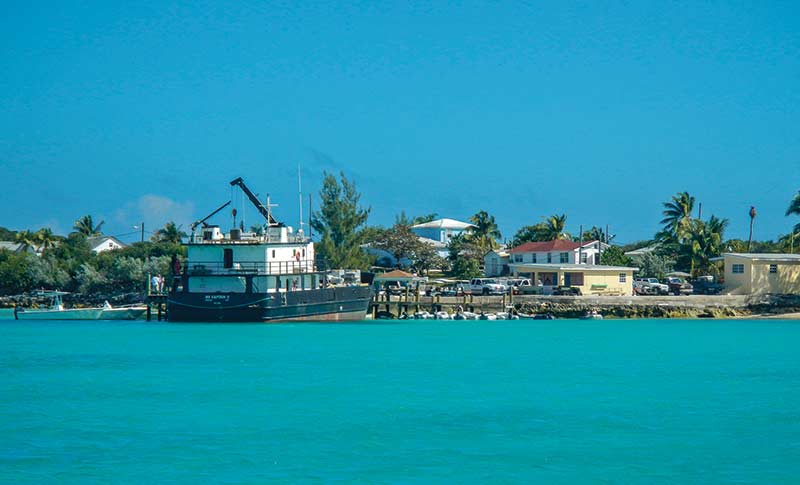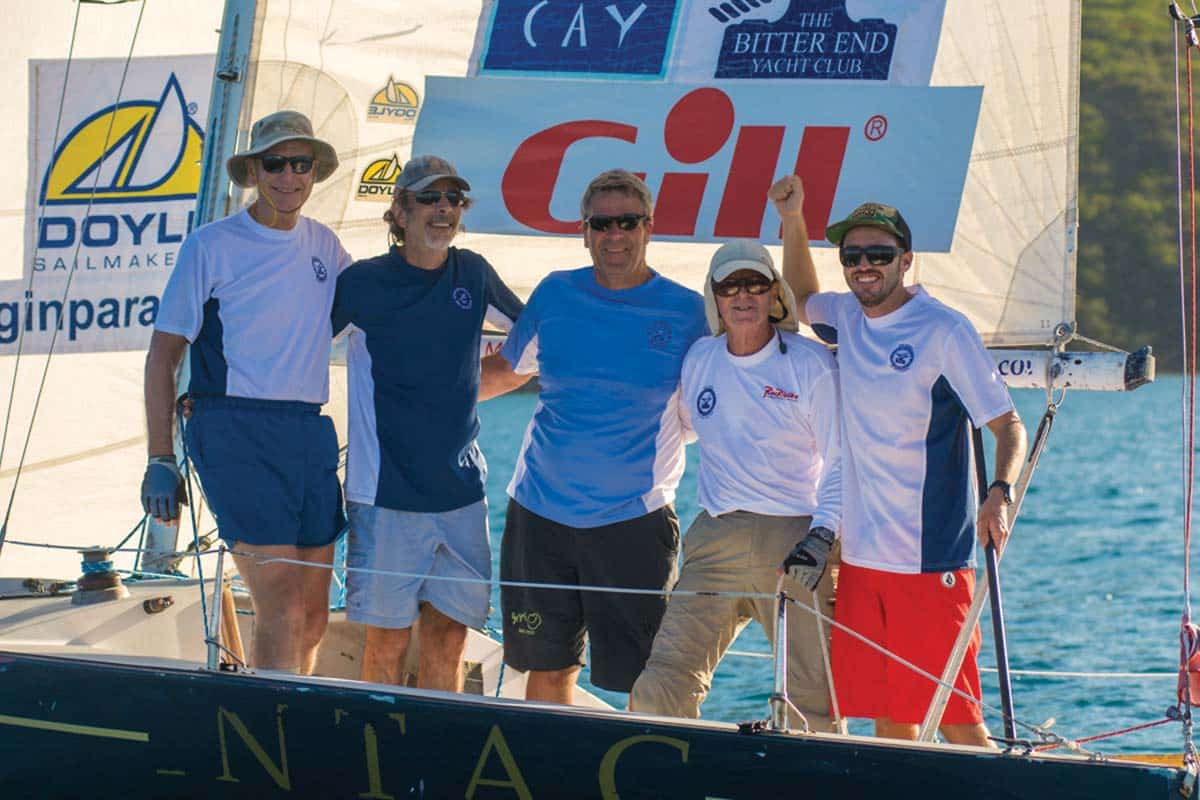Destinations
Destinations: Looking for information for your next cruising destinations? Whether you’re planning a sail in the Caribbean or summering in Newport, our destinations resources will help you plan the perfect excursion. Our expansive cache of destination information includes Monthly regional reports filled with seasonal tips and travel itineraries, Local knowledge on great boating locales, Cruiser resources—complete with photos, Insider tips, marina information and more!
Southern Boating and Eating
When you start to feel that winter chill settling in your bones, remember: you can (and should) go south—particularly the...
Read moreDetailsSouthern Hospitality for Cruisers
Seasonal cruisers make their way toward warmer weather late in November, and many will arrive in the Southeast by Thanksgiving,...
Read moreDetailsRally to the Caribbean this fall—no plane required!
New Caribbean Venue for 2018 Atlantic to Caribbean Rally Thoughts turn to warmer climates when it starts getting cold up...
Read moreDetailsHonored guests at Chesapeake Bay Beach Club
The newly opened Inn at the Chesapeake Bay Beach Club on Maryland’s Kent Island offers all the pleasantries of modern,...
Read moreDetailsSt. Vincent and the Grenadines
Civilization Redefined The islands of St. Vincent and the Grenadines form one country that stretches along 40 miles of the...
Read moreDetailsHurricane Hermine: a look back
Hurricane Hermine damaged many marinas and public ramps that dot Florida’s shallow west coast between Homosassa and the Big Bend....
Read moreDetailsThings to do in Fort Lauderdale
Things to do in Fort Lauderdale From its historic downtown to a sprawling landscape of canals, Fort Lauderdale is a...
Read moreDetailsExploring Eleuthera
Exploring Eleuthera
Read moreDetailsMarineMax Getaways: A BVI journey
You never know who you’re going to meet in the British Virgin Islands. I have to admit, when the boss said I’d...
Read moreDetailsAnnapolis, Maryland
Aside from having a boatload of historical colonial charm, Annapolis is blessed with an abundance of everything cruisers treasure. It’s late...
Read moreDetailsBlack Point Settlement, Great Guana Cay, Exumas
There's always something happening in the exciting Exumas! Great Guana Cay is centrally located in the Exuma island chain, just...
Read moreDetailsFestival and Food in Oriental, North Carolina
Cruisers migrating south along the ICW this fall should time their stops in Oriental, North Carolina, to coincide with a...
Read moreDetailsFishing, Festivities and Fees
The Bitter End Yacht Club (BEYC) is one of the world’s best resorts for sailors, from its nearly always placid...
Read moreDetailsWelcome to Mumfest
New Bern, North Carolina, hosts Mumfest on October 8-9, a fantastic fall destination for Mid-Atlantic cruisers filled with the vivid...
Read moreDetailsCruising through the Nation’s Capital
Arrive at our nation’s capital by water and gain a whole new (non-political) perspective. It’s hardly a secret that Washington,...
Read moreDetails

